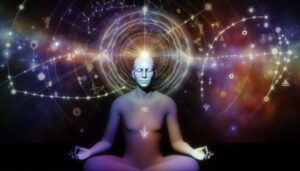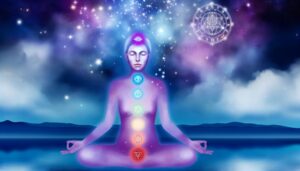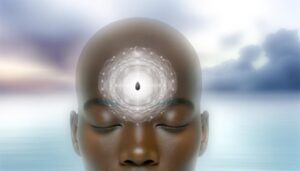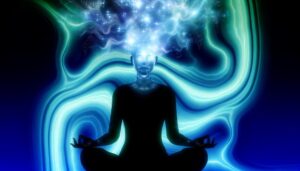Spiritual Meaning of Evil Eye: Protection and Envy
The spiritual meaning of the Evil Eye is rooted in ancient beliefs about the power of malicious glances to bring misfortune and suffering. Across various cultures—Mediterranean, Middle Eastern, South Asian, and Latin American—symbols like the blue eye, Hamsa, and protective amulets are used to shield against jealousy and ill will.
It signifies a profound awareness of the emotional and spiritual toll that negative energy can impose. Protecting against the Evil Eye involves rituals, talismans, and mindfulness, fostering peace and resilience.
Exploring these protective measures reveals deeper insights into spiritual awareness and the balance between light and darkness.
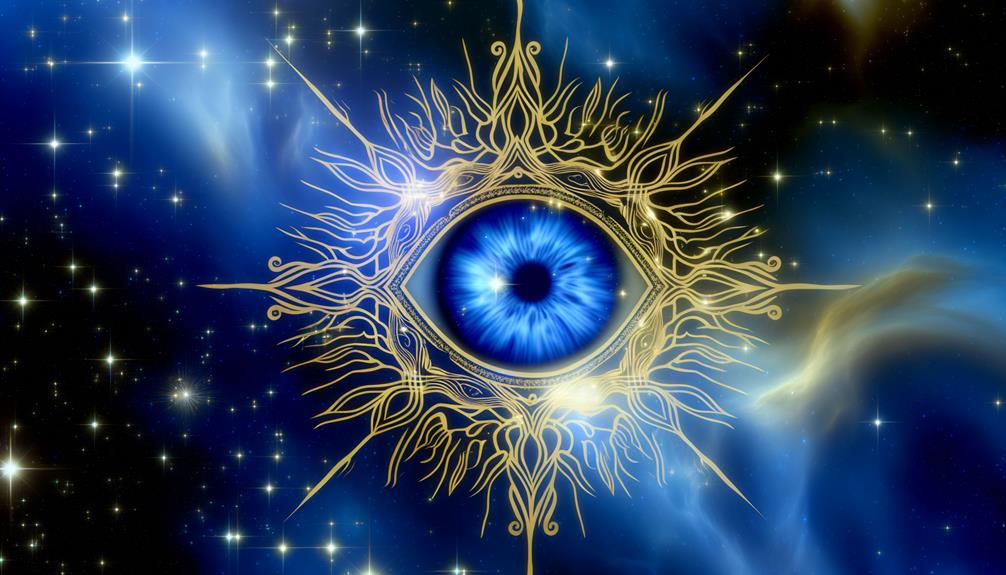
Spiritual Meaning of Evil Eye: Protection, Jealousy Deflection, and Spiritual Awareness
| Aspect | Spiritual Meaning |
|---|---|
| Protection | Shields against envy, malice, and spiritual attacks |
| Energy Deflection | Reflects negative energy away from the wearer |
| Spiritual Awareness | Heightens sensitivity to toxic influences and hidden intentions |
| Ancient Wisdom | Connects to centuries-old traditions of spiritual safeguarding |
| Emotional Balance | Helps maintain peace and emotional stability in challenging situations |
| Intuition Boost | Strengthens inner guidance and the ability to sense unseen forces |
Origins of the Evil Eye
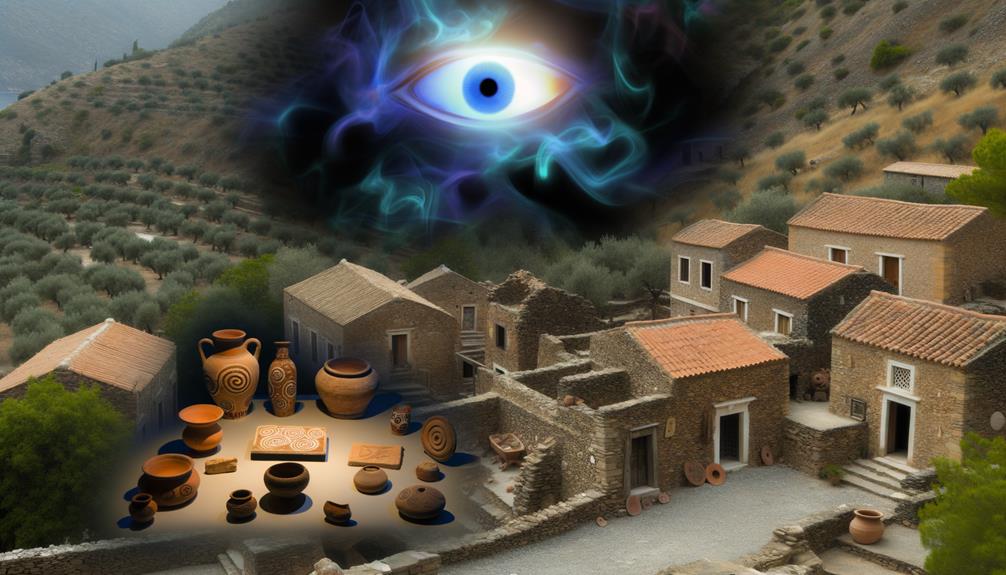
The origins of the Evil Eye trace back to ancient civilizations, where it was believed to be a powerful force capable of bringing misfortune through a mere glance. This mystical concept emerged as early as 3,000 B.C. in Sumerian texts and was prevalent in the beliefs of Egyptians, Greeks, and Romans.
The Evil Eye was thought to emanate from those harboring jealousy or ill will, manifesting as curses or bad luck upon the unsuspecting. Its profound impact on human life and well-being led to the creation of various protective symbols and rituals.
These ancient societies understood the Evil Eye not only as a superstition but as a tangible spiritual affliction, warranting respect and caution.
Cultural Variations
Across diverse cultures, the interpretation and significance of the Evil Eye vary, yet they all echo a shared recognition of its profound mystical influence. This ancient symbol of protection and harm manifests uniquely across different traditions:
- Mediterranean Cultures: Often depicted in blue, believed to ward off malevolent gazes.
- Middle Eastern Beliefs: Emphasis on ‘Hamsa’ hand, a protective amulet against the Evil Eye.
- South Asian Traditions: Use of black dots or amulets to shield against envy and ill-wishes.
- Latin American Practices: Known as ‘Mal de Ojo,’ often countered with red bracelets or charms.
Each cultural variation underscores a universal awareness: the need for protection against unseen, negative energies, fostering a global tapestry of mystical caution and reverence.
Symbolism and Meaning
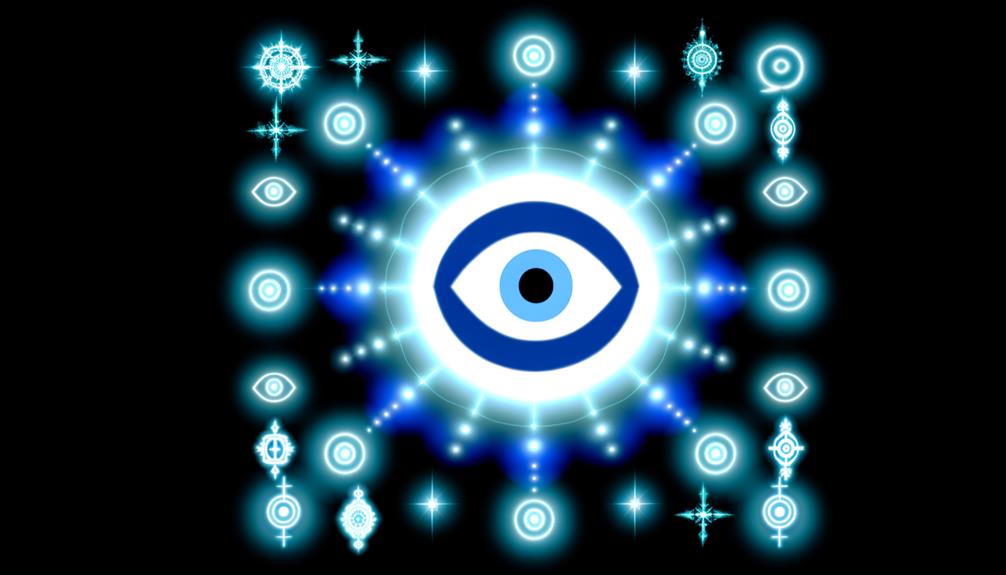
Symbolic interpretations of the Evil Eye reveal a profound tapestry of human beliefs, reflecting our deep-seated fears and hopes. This ancient symbol is believed to harbor malevolent forces that can cause misfortune, yet it also embodies protective qualities. The duality of the Evil Eye underscores the eternal struggle between good and evil, light and darkness.
| Symbolism | Meaning |
|---|---|
| Protection | Wards off negative energy |
| Jealousy | Reflects envy and malice |
| Awareness | Encourages mindfulness |
| Spiritual Insight | Enhances intuitive abilities |
The Evil Eye serves as a reminder to stay vigilant and spiritually attuned. It speaks to the human quest for balance and the need to safeguard one’s inner sanctity against unseen perils.
Signs and Symptoms
Recognizing the influence of the Evil Eye involves being attuned to certain signs and symptoms that manifest both physically and spiritually. These manifestations often disrupt one’s equilibrium and can include:
- Sudden Illnesses: Unexplained headaches, fatigue, or dizziness that cannot be medically justified.
- Emotional Turmoil: Unexpected feelings of anxiety, irritability, or sadness that emerge without clear cause.
- Persistent Misfortune: A string of adverse events or bad luck that seems uncharacteristically intense.
- Negative Energies: Feeling an oppressive atmosphere or sensing a pervasive negativity in your surroundings.
These symptoms serve as spiritual indicators, prompting a deeper introspection and awareness of unseen energies.
Protective Measures
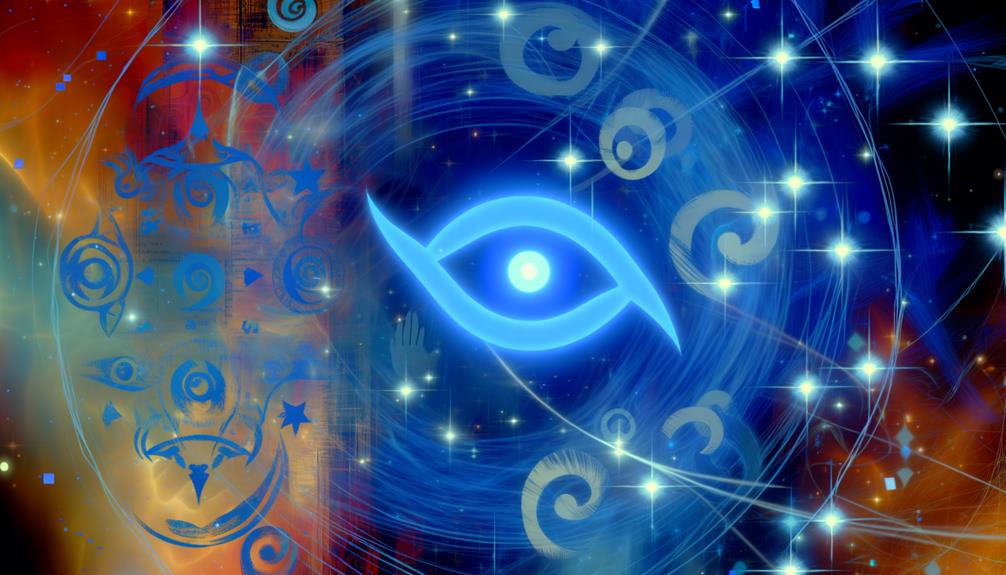
To safeguard oneself from the detrimental effects of the Evil Eye, incorporating various protective measures rooted in ancient traditions and spiritual practices becomes essential.
Amulets such as the Nazar, Hamsa, and other talismans are often employed as shields, believed to absorb or deflect malevolent energies. Rituals involving salt, water, or sacred herbs like sage can cleanse one’s aura, restoring balance and harmony.
Reciting prayers or mantras also fortifies one’s spiritual defenses, invoking divine protection. Additionally, wearing specific crystals like black tourmaline or obsidian can serve as a protective barrier.
These time-honored practices not only offer spiritual protection but also foster a sense of inner peace, empowering individuals to navigate the world with resilience and grace.
Modern Interpretations
In contemporary society, the concept of the Evil Eye has evolved, integrating with modern spirituality and psychological awareness to address both metaphysical and emotional well-being. This ancient symbol now resonates with individuals seeking holistic balance in their lives.
Modern interpretations often emphasize the following aspects:
- Psychological Protection: It serves as a mental shield against negative energies and harmful intentions.
- Mindfulness Practice: Wearing or displaying the Evil Eye can be a reminder to stay aware and present.
- Manifestation Tool: Utilized in rituals and affirmations to attract positive outcomes and repel negativity.
- Cultural Connection: Embracing the Evil Eye fosters a deeper connection to ancestral wisdom and cultural heritage.
This multifaceted approach enhances its significance in contemporary spiritual practices.
Conclusion
The evil eye, a symbol of ancient fears and mystical beliefs, transcends cultural boundaries, embodying humanity’s quest for protection against malevolent forces.
This enigmatic symbol, steeped in rich traditions and diverse interpretations, serves as proof of the universal desire for safeguarding the soul.
Just as a shield guards a warrior, the evil eye’s protective measures encapsulate the enduring human spirit’s resilience against unseen adversities, weaving a tapestry of spiritual fortitude across time and space.


